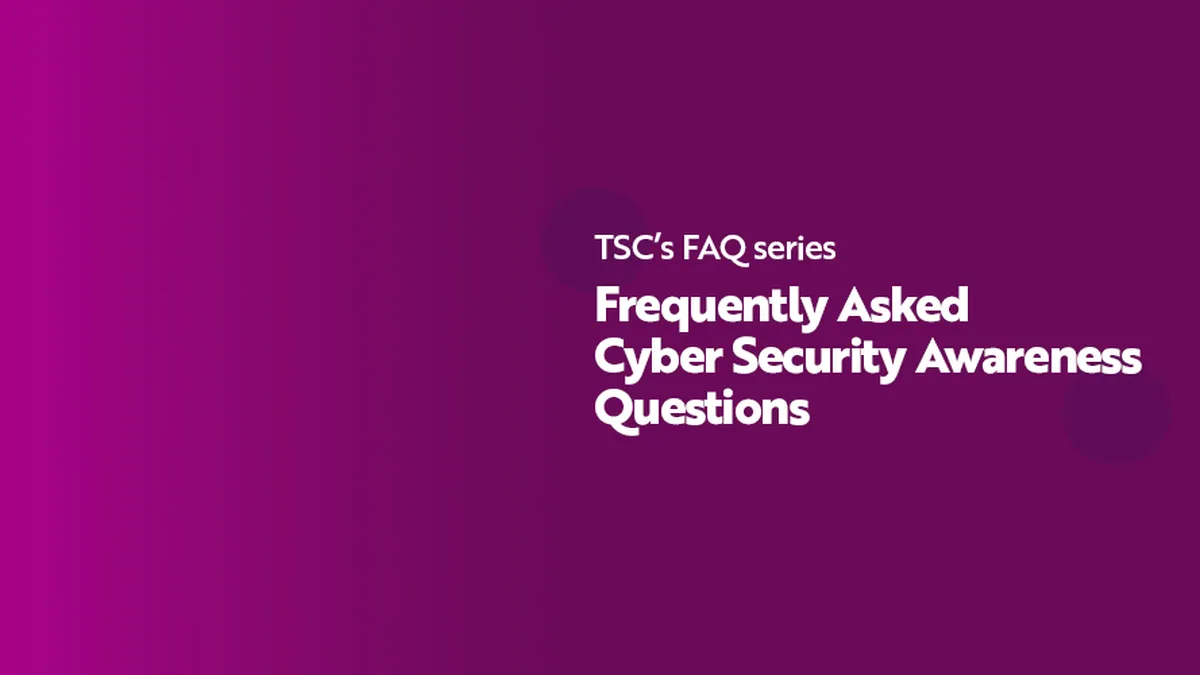
- Employee awareness
- 5 min read

Despite the best efforts of CISOs, SRIs and DPOs, the spectre of malware still looms large over organisations and their employees. Posing significant threats to both individuals and organisations, cybercriminals have become increasingly sophisticated in their methods.
As a result, it is imperative for cyber security decision-makers and employees alike to fortify their defences through comprehensive awareness and training initiatives.
In this article, we delve into the realm of malware, exploring its various forms, deployment tactics, and the crucial role of cyber security awareness and training in mitigating these pervasive threats.
Malware, short for malicious software, encompasses a broad category of software programs designed to infiltrate, disrupt, or damage computer systems and networks. From insidious viruses to stealthy spyware, malware manifests in myriad forms, each with its own nefarious objectives.
The motivations driving malware attacks are as varied as the forms they take. Identity theft, financial data exfiltration, and the perpetration of massive Distributed Denial of Service (DDoS) attacks are among the primary objectives sought by cybercriminals. Moreover, the rise of cryptocurrency has fuelled a surge in cryptojacking and cryptomining malware, enabling threat actors to surreptitiously harness victims' computing resources for illicit gain.
In the battle against malware, education is our most potent weapon. By cultivating a culture of cyber security awareness and imparting targeted training programs, organisations can empower employees at all levels to recognise and thwart potential threats. From identifying suspicious emails to practicing safe browsing habits, instilling sound cyber security practices fortifies the human security system, bolstering defences against malware incursions.
Comprehensive cyber security awareness and training initiatives offer numerous benefits, including:
By partnering with The Security Company (TSC), organisations can harness industry-leading expertise and tailored solutions to elevate their cyber security posture. Our customisable awareness and training campaigns are designed to engage and educate employees across diverse departments, equipping them with the knowledge and skills needed to safeguard sensitive data and thwart malware attacks effectively – whilst keeping content and communication relevant to your organisation and your employees.



© The Security Company (International) Limited 2023
Office One, 1 Coldbath Square, London, EC1R 5HL, UK
Company registration No: 3703393
VAT No: 385 8337 51


